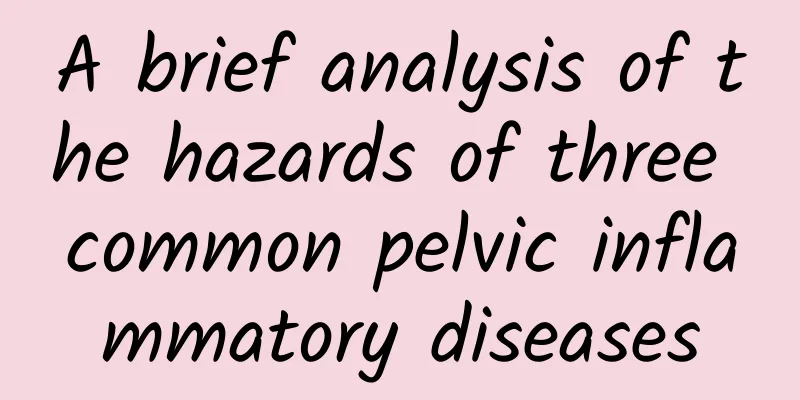When are multiple uterine fibroids considered serious and when do they require surgery?

|
Uterine fibroids are a common disease among women. Many women are very worried about the severity of uterine fibroids. So, do you know how serious multiple uterine fibroids are? In which cases, surgery is required? Generally speaking, fibroids larger than 5.0 cm are more serious and require timely surgical removal. However, the specific treatment plan needs to be determined based on individual age, clinical manifestations, and endocrine conditions. Generally speaking, if the size of the fibroid is larger than 3 cm and the blood supply is abundant, surgery should be performed as soon as possible. Under normal circumstances, if the uterine fibroids are larger than 5 cm, surgery should be performed. Because each person's situation is different, the physical treatment plan needs to be determined based on individual age, clinical manifestations, and endocrine. If the growth location of the uterine fibroids is on the surface of the uterine muscle wall and uterine serosa and is smaller than 3 cm, no surgical removal is required. It should be noted that most of these fibroids do not require surgical treatment, and some may not even require treatment. This is the most common benign tumor disease in women, formed by the proliferation of uterine smooth muscle cells. Generally speaking, it is not recommended to remove all of a woman's uterus. Only by removing the location where the fibroids grow can recurrence be effectively prevented. Regardless of how long the uterine fibroids are, patients should opt for immediate surgery if they: 1. Uterine fibroids combined with infertility; Uterine fibroids cannot be distinguished from ovarian tumors; 3. Uterine fibroids grow rapidly in a short period of time and cannot become malignant; 4. Anemia, frequent urination, abdominal distension and other uncomfortable symptoms will affect the patient's life; 5. Cervical fibroids and submucosal uterine fibroids (fibroids that grow in the uterine cavity). Whether or not to have surgery for uterine fibroids depends on the symptoms of increased menstruation and the size of the fibroids. Generally speaking, the surgery can be temporarily stopped and closely observed. |
<<: What are the causes of multiple uterine fibroids? How to treat uterine fibroids?
Recommend
Common causes of ovarian cysts
Ovarian cysts are like female killers, often surr...
A complete list of soup recipes for replenishing qi and blood after abortion. What are the benefits of drinking chicken soup after abortion?
During pregnancy, due to various reasons, I had a...
Why are women more susceptible to vaginal candidal infection?
Why are women more susceptible to candidal vagini...
How to treat endometrial thickening
The thickness of the endometrium generally change...
Do you have symptoms of anemia, amenorrhea, and hematuria?
Anemia, amenorrhea, and hematuria are three diffe...
When is the best time for medical abortion? How many days does medical abortion usually last?
Medical abortion is a method of terminating pregn...
What if I don't have my period?
Many women may have experienced the absence of me...
Things to note before abortion
Now many hospitals have introduced painless abort...
Effective treatment for pelvic peritonitis
Pelvic peritonitis is a common gynecological dise...
In life, we should control the diet of patients with cervical hypertrophy
Nowadays, there are more and more patients with c...
What should be paid attention to for benign uterine fibroids? Do benign uterine fibroids need to be removed?
What should be paid attention to for benign uteri...
What situations constitute the dangers of cervical erosion?
What are the hazards of cervical erosion? Many pa...
What ointment should be used for vulvar leukoplakia during lactation? What should I do if I have vulvar leukoplakia during lactation?
Vulvar leukoplakia during lactation is a common d...
Daily prevention of female trichomoniasis vaginitis
Daily prevention of female Trichomonas vaginitis:...
What is the nursing method for moderate cervical erosion?
Moderate cervical erosion is also a type of cervi...









